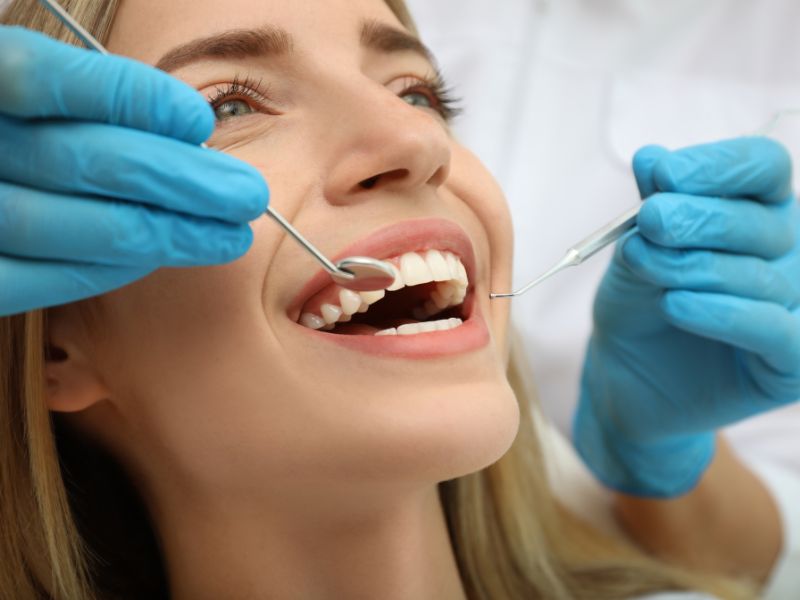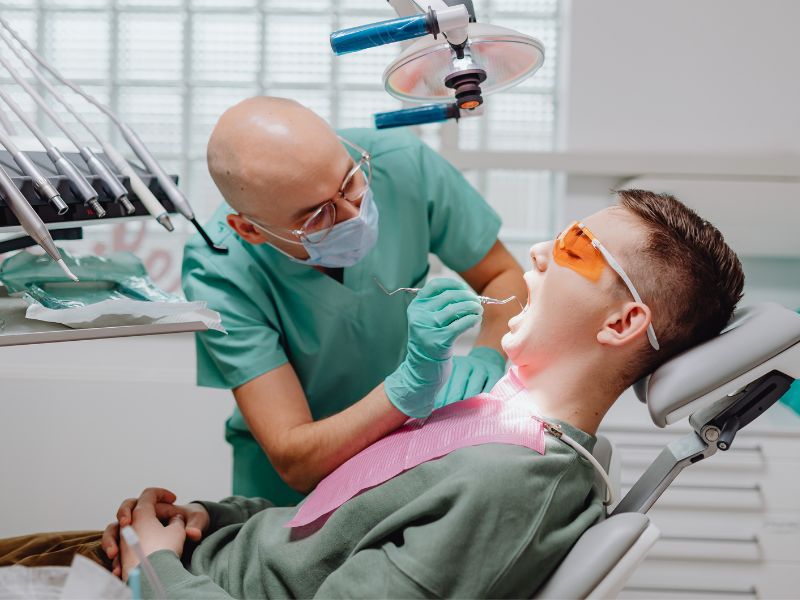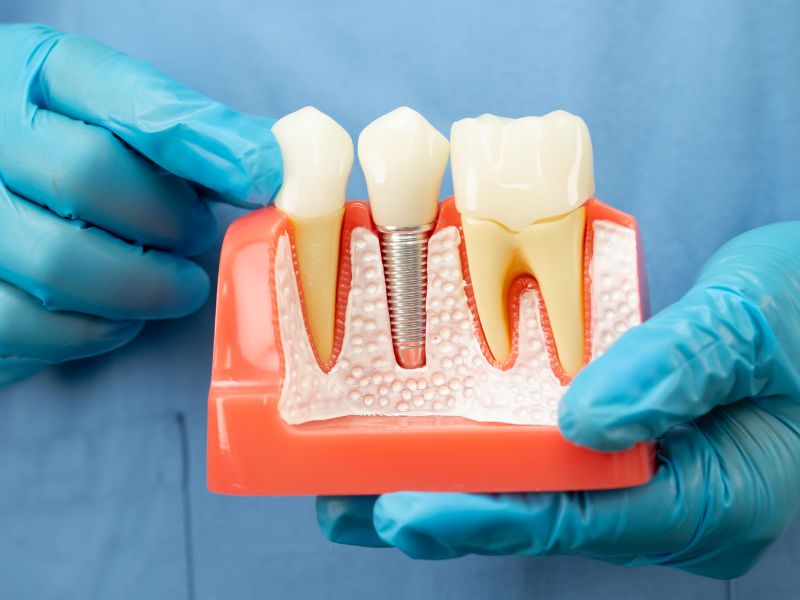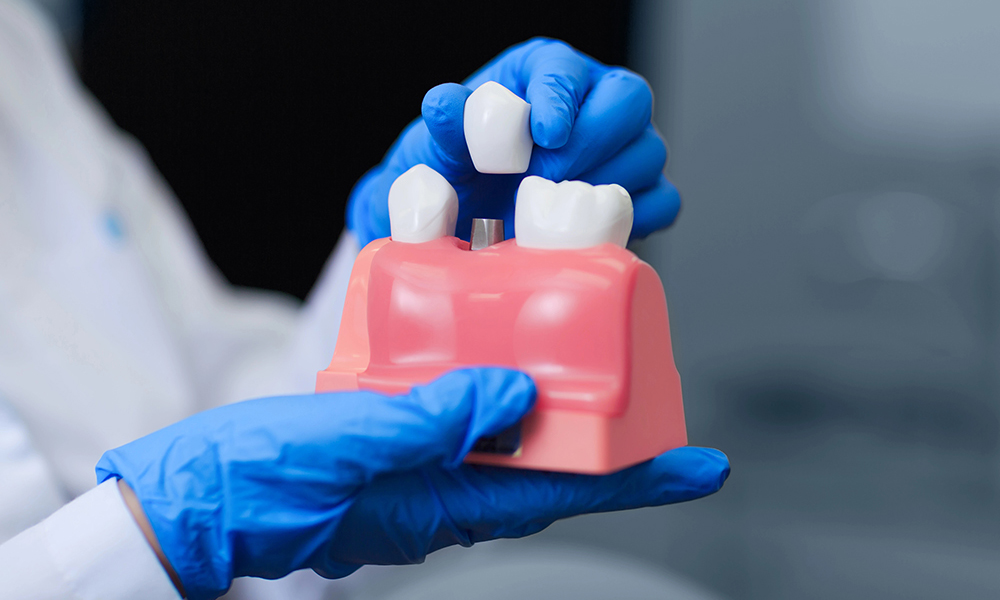Dental Clinic in Kitsilano
Dental Clinic in Kitsilano
Tooth Extractions in Kitsilano, Vancouver
Dental Extractions in Kitsilano, Vancouver

At Arbutus Station Dental, we understand that maintaining optimal oral health is crucial for overall well-being. While our primary focus is on preserving natural teeth, there are instances where dental extractions become necessary to ensure the long-term health of your smile.
The Importance of Dental Extractions
- Relief from Pain and Discomfort: Dental extractions are often recommended when a tooth is severely decayed, infected, or damaged beyond repair. The procedure helps alleviate pain and discomfort, providing immediate relief to the patient.
- Preventing the Spread of Infection: Infected teeth can pose a threat to neighbouring teeth and surrounding tissues. Extracting the affected tooth prevents the infection from spreading, safeguarding the overall oral health of the patient.
- Orthodontic Treatment: In some cases, dental extractions are a strategic part of orthodontic treatment plans. Removing overcrowded or misaligned teeth can create space for proper alignment, ensuring the success of braces or other orthodontic interventions.
- Wisdom Teeth Management: Wisdom teeth, also known as third molars, often erupt in a way that can lead to crowding, impaction, or other issues. Dental extractions are commonly performed to manage the eruption of wisdom teeth and prevent complications.
The Dental Extraction Process at Arbutus Station Dental
- Comprehensive Evaluation: Before recommending a dental extraction, our experienced team conducts a thorough examination, including digital X-rays if necessary, to assess the condition of the tooth and surrounding structures, as part of our general dentistry services.
- Personalized Treatment Plan: Based on the evaluation, our skilled dentists create a personalized treatment plan that outlines the reasons for extraction and discusses alternative options when applicable, including considerations around root canal vs extraction.
- Preparation and Anesthesia: Before the extraction, the patient is briefed about the procedure, and local anesthesia is administered to ensure a pain-free experience. For anxious patients or complex cases, sedation options may also be available.
- Gentle Extraction: Our dentists use state-of-the-art equipment and techniques to perform gentle extractions. The tooth is carefully loosened and removed, taking utmost care to minimize trauma to the surrounding tissues.
- Post-Extraction Care: After the extraction, our team provides detailed post-operative instructions to promote optimal healing. Patients are also educated on proper oral care during the recovery period. When appropriate, we also discuss tooth replacement options such as dentures.
Conclusion
At Arbutus Station Dental, our commitment to your oral health extends to providing compassionate and expert dental extractions when necessary. We prioritize your comfort and well-being throughout the process, ensuring that you leave our practice with a healthy smile. If you have concerns about a tooth or are considering a dental extraction, schedule a consultation with us today to explore your personalized treatment options. Your journey to a healthier, happier smile begins with Arbutus Station Dental.
Frequently Asked Questions
Your Trusted Dental Partner
Why Choose Arbutus Station Dental
Your trusted dental partner
Why Choose Arbutus Station Dental
Articles & Stories




